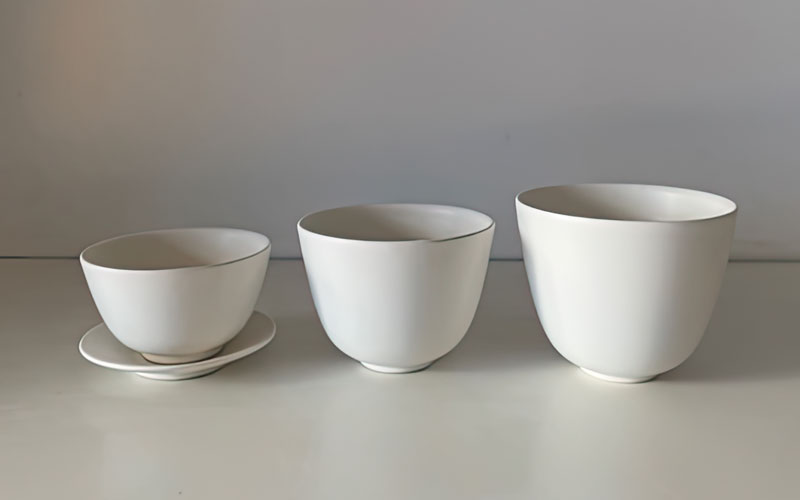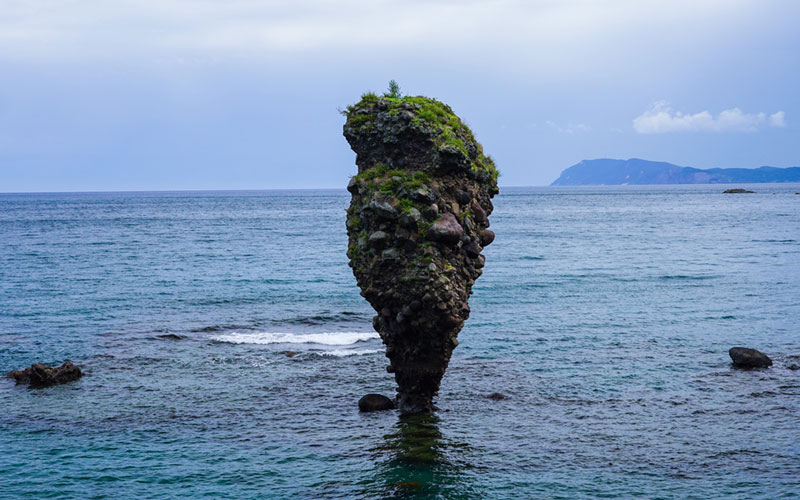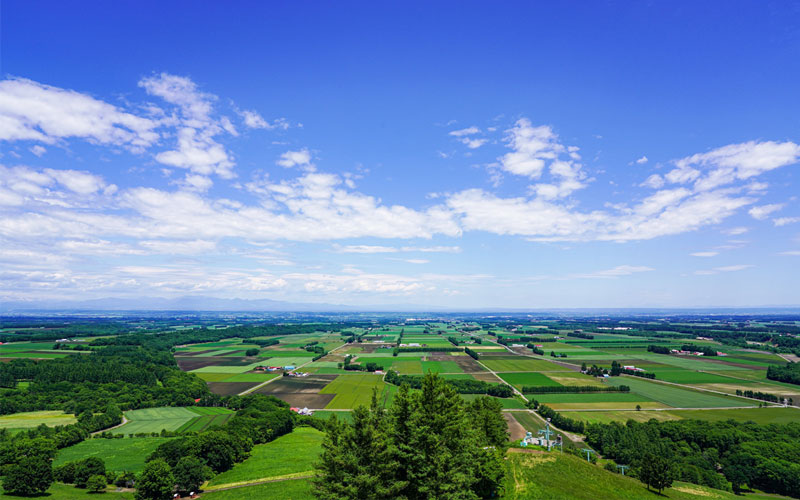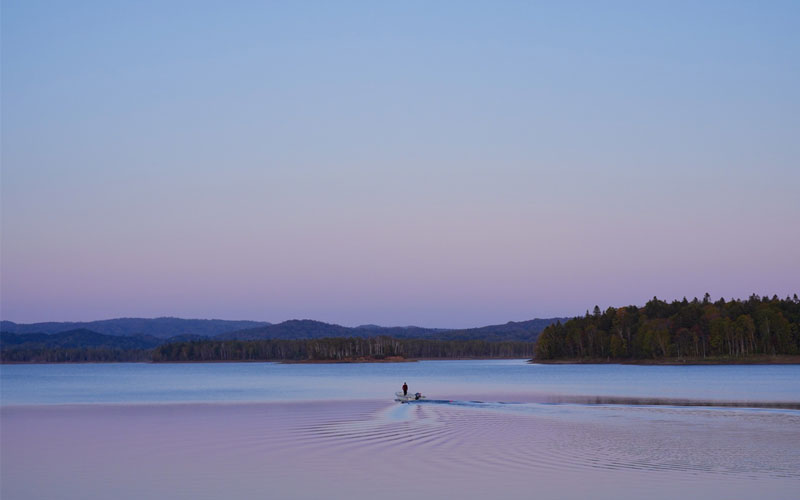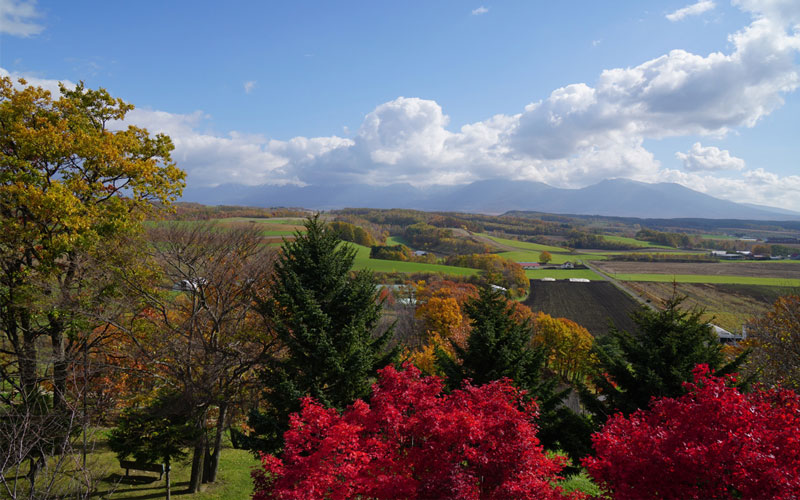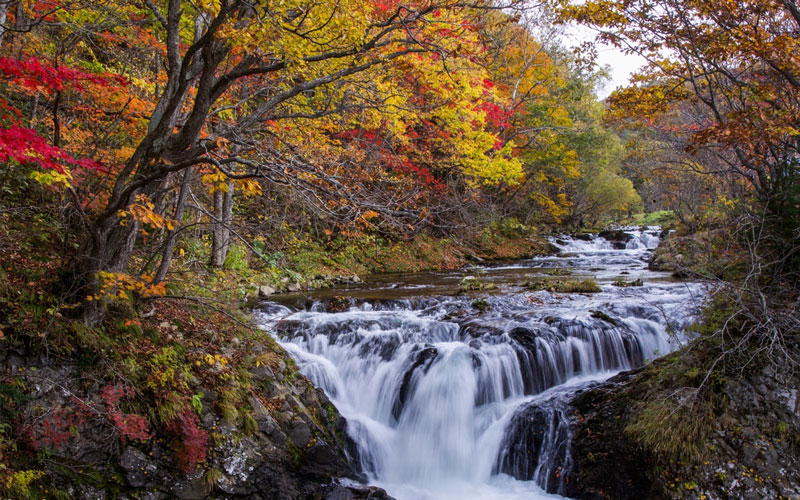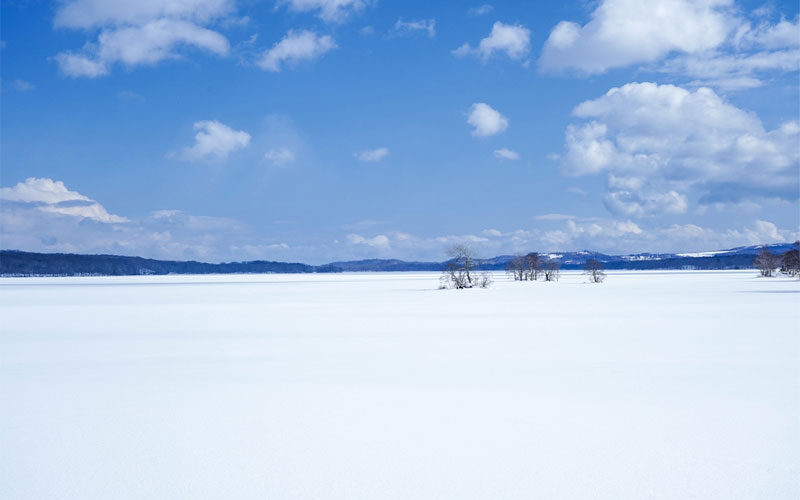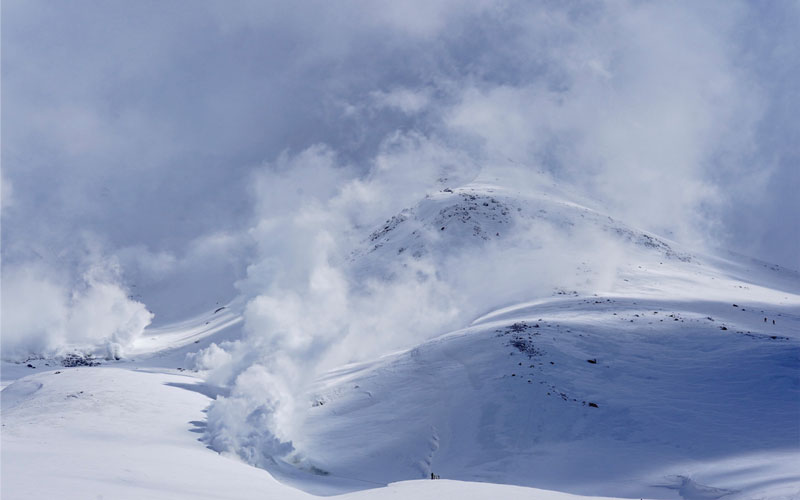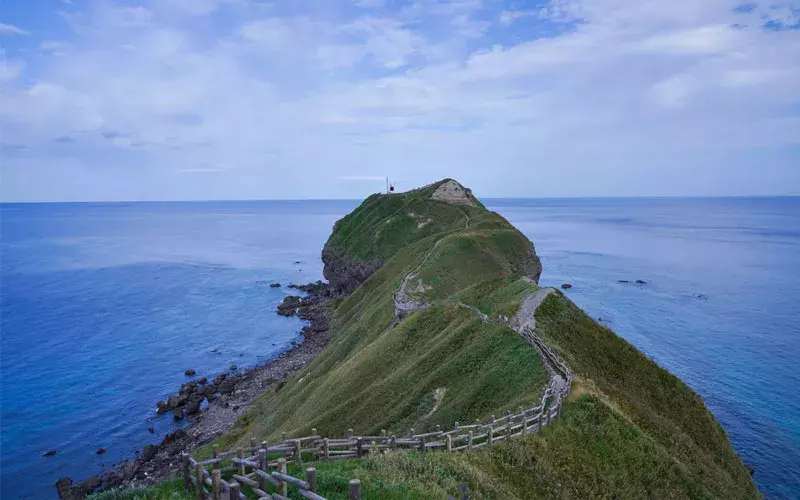
Volcanoes, forests, and bears — oh my! The island of Hokkaido is known as Japan’s wild north, Surrounded by the Pacific Ocean to the east, the Sea of Japan to the west, and the Sea of Okhotsk to the north, the island’s geography has given it extraordinary natural beauty, from snowy ski-slopes to pristine lakes, and such spectacular wildlife as the famous Ussuri (or Ezo) brown bear, one of the largest in the world. But it is Hokkaido’s people and culture that make it truly unique. The island’s indigenous people are the Ainu (literally translating to “human”), and their culture is defined by a close relationship to the land, as well as distinctive linguistic, spiritual, and craft traditions.
Early Japanese travelers’ texts from the 7th century describe the inhabitants of Hokkaido (which from the 7th century through the Meiji Restoration was called “Ezo”) as seeming quite “foreign.” Not only did the Ainu speak a distinctly different language, but they had curly or sometimes reddish hair; men wore long beards, and women were adorned with elaborate tattoos. Both genders wore garments made from fabric known as Nibutani-attus woven from the soft inner barks of trees such as elm and zelkova. These garments were decorated with elaborate embroidery and applique, often in geometric patterns known as moreu (spirals) and aiushi (thorn), designed to ward off evil spirits; distinctive styles were usually passed down from mother to daughter. The Ainu religion held some parallels with Shinto beliefs, such as honoring the spirits of the natural world (called kami in Shinto belief, and kamuy in Ainu), but there were differences, such as a particular emphasis on the bear as a sacred animal. The Ainu practiced a ceremony called Iomante, in which a bear was raised from a cub and eventually sacrificed; Iomante has not been practiced since the early 20th century. Along with millet and root vegetables, traditional Ainu cuisine was based on meat from bears, badgers, oxen, horses, wolves and foxes, as well as fish, but meat was never consumed raw, only cooked.
Such traditions, along with the fact that Ainu life was still based on hunting, fishing, and gathering (compared to the intensive agriculture throughout much of the rest of Japan), made Hokkaido and its inhabitants seem all the more remote to the Japanese population of the main islands to the south. While there was trading and other contact between Hokkaido and Honshu (the largest island of the Japanese archipelago) starting from the 7th century, it was only in the Muromachi period (1338 – 1573 AD) that the military government, or shogunate, established an official settlement on Oshima Peninsula, the southernmost part of Hokkaido.
Over recent decades, there has been a resurgence of Ainu identity and culture, including legal victories like the 1997 passage of the “Ainu Culture Law,” which repealed the 1899 “Ainu Protection Act” that was key to denying Ainu cultural practices for nearly a century, and further asserted Ainu rights over their land (tied to a controversial dam-building proposal that was then forced to move elsewhere). In the early 2000s, UNESCO’s register of Intangible Cultural Heritage recognized Ainu dance, and 2012 saw the establishment of the first Ainu political party by activists. Moreover, tourism to the region since the 1970s has helped to bolster local business and reviving traditional crafts, creating new ways for Ainu communities to flourish. Places like the Ainu Kotan (“Ainu Village”) at Akan-Mashu National Park, centered on Lake Akan, have become destinations where guests can experience traditional Ainu dwellings, performance, ritual, cuisine, and crafts (to learn more about Japan’s fascinating National Parks system, watch a recent online program from JAPAN HOUSE Los Angeles, and a related article here).
*To view the flipbook in full screen, please click on the "Fullscreen" icon on the lower right-hand corner from the window above.
In Hokkaido’s Saru River Basin, Biratori Town has long been a center of Ainu crafts like Nibutani-ita (a flat wooden tray with elaborate carvings) and Nibutani-attus (the soft textile woven from tree bark fibers), both of which were officially designated as Traditional Crafts of Japan (kogei) in 2013. These are now being continued by artisans committed to tradition, but also adapted for modern goods, like business card cases fashioned from Nibutani-attus, or a fountain pen rendered in the style of a menoko makiri, the exquisite knife that was the classic proposal gift from a man to his intended bride. The carved wooden ikupasuy or “libation stick” was used since ancient times in Ainu rituals to offer liquor like millet beer or sake to spirits — and today may serve as the inspiration for more everyday libation and celebration, like a wine stand; examples of these and other design products by contemporary artisans were displayed for a limited time at JAPAN HOUSE Los Angeles’ WAZA Showroom & Online Shop.
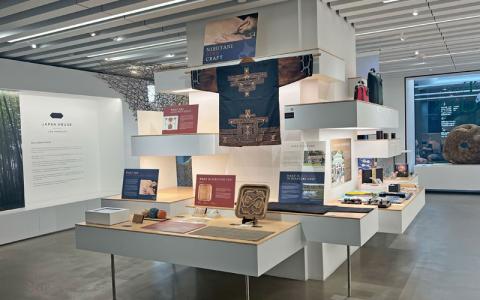
As local Ainu artists and designers continue traditional practices while innovating new ones, they build connections not only to the past, but also to the world’s future as they share Ainu values of sustainability and respect for nature with the rest of the world, at a time when these values are more critical than ever. If Ainu philosophy is so tied to the environment itself, Hokkaido’s landscape is the key that helps unlock it, from the steaming hot springs (onsen) to the wildflower-covered meadows. But even for those far away, handling a piece of Nibutani-attus — a fabric so soft you’d swear it was linen — or a Nibutani-ita walnut-wooden tray with fish scales subtly swimming across the carved surface, can be tactile portals that inspire future journeys to a northern land like no other.
Related Articles
Sensory Journeys in Japan |
Awaji Island 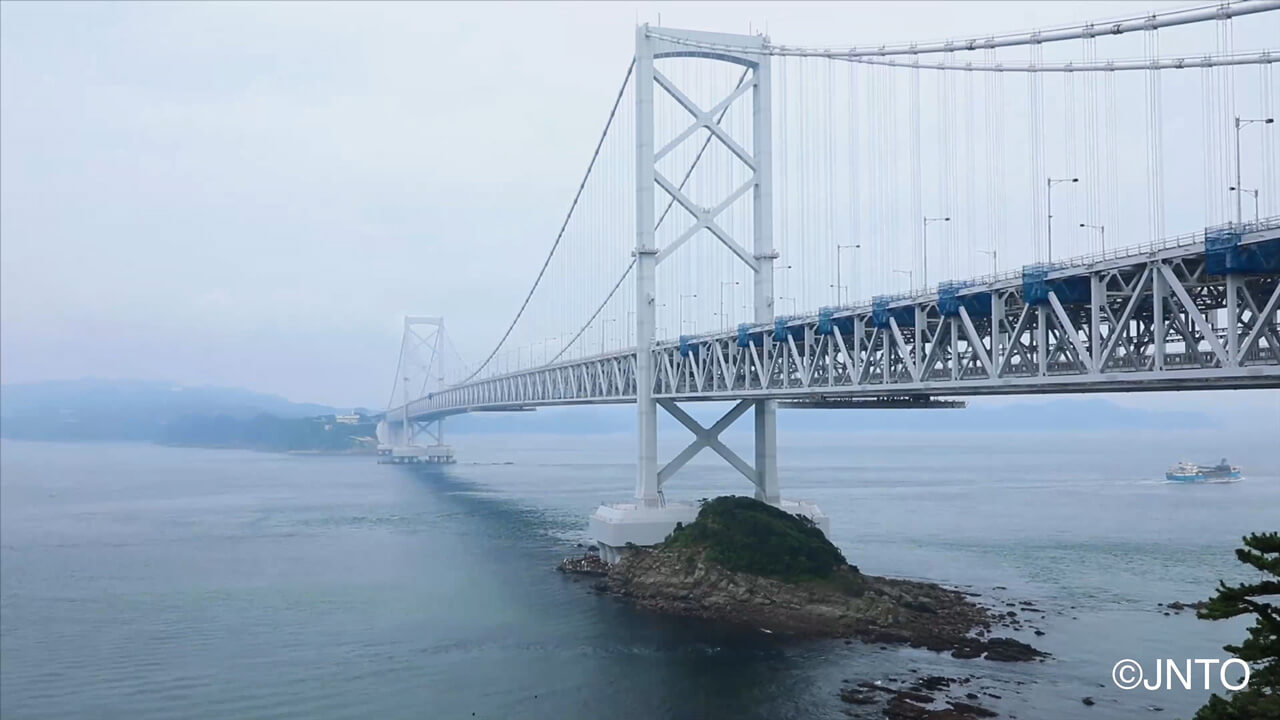
Sensory Journeys in Japan |
Hissan Pottery in Shiga 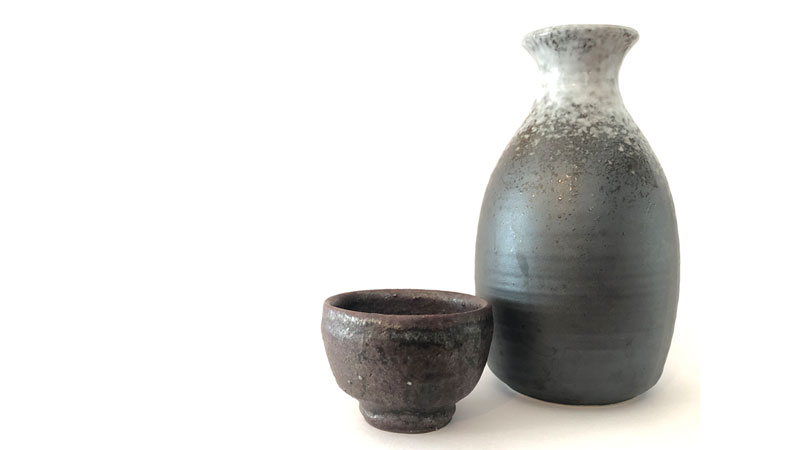
Sensory Journeys in Japan |
Kutani Bitoen in Ishikawa 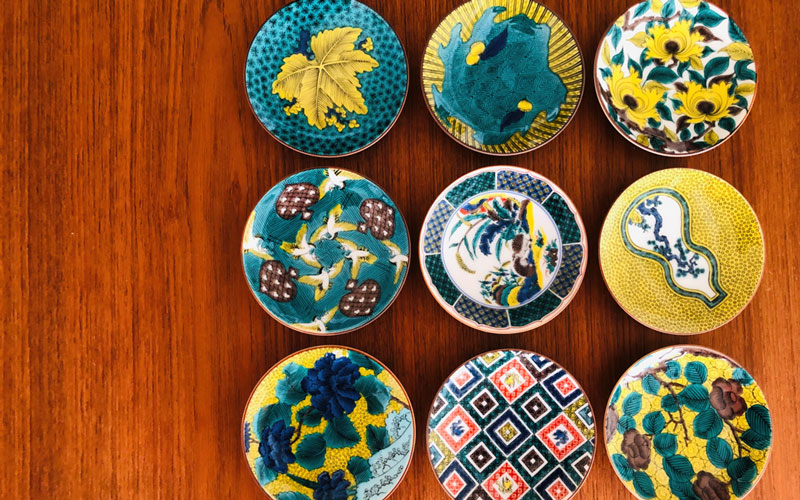
Sensory Journeys in Japan |
Spotlight on Iga, Mie 